La creazione di contenuti di qualità è diventata una strategia di marketing indispensabile per diverse…

Definitive guide to Landing Pages
As a digital marketing professional, you understand that email marketing is only one part of a larger puzzle. For your email marketing efforts to pay off, your email subscribers need to be directed somewhere, so that certain actions can be taken.
That’s where your website’s landing pages come into play. Read on to discover the importance of landing pages, as well as how they work alongside email marketing to net you the desired results.
Guide to landing pages: what purpose do these pages serve?
A landing page is a specific web page on your website that your subscribers are directed to via various sales/marketing tactics. This can be through an email CTA or even a social media post. A landing page is different from a typical webpage because it serves a particular purpose.
For example, many of our emails and blog CTAs take leads to our request for a live demo landing page.
This page serves a single purpose: requesting a live demo of Campaign Monitor and the services available to marketing professionals. Those interested simply fill out the form and then click the “submit” CTA to get started.
So, while landing pages have a focused directive, they serve a critical role in your overall marketing strategy: to convert website visitors into new leads. If implemented correctly, a well-designed landing page is almost guaranteed to get you the conversions you’re looking for.
Your guide to different types of landing pages
Marketers understand that each offer or promotion requires its own landing page to get the attention it deserves. In fact, studies have shown that companies that increase their number of landing pages from 10 to 15 see an average increase in leads of 55%.
However, many individuals don’t understand that several different types of landing pages can and should be utilized, depending on the type of campaign being run. This has led to 48% of landing pages containing multiple offers, which can drastically decrease the overall conversion rate by up to 266%
That’s why it’s crucial to have the right landing page for each of your campaigns. Not every landing page will be a product detail page, and research shows that other landing pages typically perform better than a typical product detail page.

It’s essential to consider adding a variety of different landing pages to your digital marketing strategy, and we’ve provided some information on the most popular landing pages used by marketing teams today.
Lead capture page
A lead capture page is a landing page designed to encourage website viewers to leave their personal information in exchange for a good or service. Typically, marketers begin by sending an email to new subscribers that outlines various perks of their subscription. From there, users are encouraged to click on a CTA that brings them to a landing page where they’ll fill out a form to gain access to something.
The MarketingProfs team does a good job of this. Their welcome email currently includes a link to an “exclusive look” at Nancy Harhut’s MarketingProfs B2b Forum presentation. If you click on that lead capture CTA in the email, you’re taken to the first landing page, which delivers the promised material. From there, you’re encouraged to sign up for the 2020 forum and are then asked for more information on landing page 2.

Sales page
Sales pages, while some of the most relevant landing pages in your digital marketing arsenal, are the ones that are the most commonly misused.
Some of the most effective sales landing pages are longer in nature and can generate up to 220% more leads than landing pages with above-the-fold CTAs. However, what works for some may not work for all, so you should always be A/B testing your landing pages before making them live for all.
In this example, the sales page is broken up into different sections, providing viewers with options to review before making their final decision.
Splash page
Splash pages are typically used to inform your visitor or something prior to giving them access to another landing page or blog post. This doesn’t usually ask your visitors for any information and acts more like a welcome page of sorts. Other types of splash pages could include short, quick forms to enable you to gather vital user data.
Squeeze page
Squeeze pages are designed to capture a prospect’s email address to grow a brand’s email list. These pages often pop up while you’re scrolling through a website or article, and they often ask you to sign up for the brand’s newsletter to stay in the loop without having to search the brand later.
For example, GQ includes a squeeze on its homepage. It appears as the visitor scrolls through the homepage material and encourages them to sign up to stay on top of the GQ trending stories.
Guide to landing pages: design best practices
Just like any other marketing material, knowing design best practices for landing pages is an absolute must. There are many different design best practices out here; however, when it comes to landing pages, these are some of the most vital practices to keep in mind:
- Put your audience first by designing with them in mind. That means designing for the skimmers, including images and videos, to help break up large blocks of text and making your CTAs easily identifiable and actionable.
- Consider your own goals during the design phase. You can’t neglect your marketing goals, or else these landing pages won’t serve your brand in any way. What purpose does each page serve? What solutions will it help provide your audience members? What’s the best way to encourage action on each page?
- Focus primarily on the benefit for your audience members. What pain points are you addressing? How’s this page/product/service going to make their lives easier/better? Don’t focus heavily on the specific features. Instead, outline how this is going to address the problem they’re seeking answers to.
- Be as specific as you can, or else risk confusing your prospects. This is particularly important if you have multiple offers running at the same time. Remember, you want to have a landing page for each of your active campaigns. That way, there’s little chance of confusion for those clicking on links for a specific product, deal, or campaign.
- Always run an A/B test before letting your page go live. What works for one campaign may not work for the next, so make sure you’re taking adequate time to test your landing pages for limited periods of time and track your results to see which one gets you the best results. Whichever variation wins is the one you should put up permanently.
Landing pages and email marketing work together when done correctly.
While some may believe that landing pages are strictly related to your online presence and digital marketing strategy, remember that your marketing strategy is made up of multiple puzzle pieces. Once you’ve got your landing page ready to go, you can start including them into your email marketing strategy.
For example, MacPaw does a wonderful job of creating a sales landing page that they incorporate into their holiday sales email campaign. Instead of laying out all the options for consumers, they include a 30% off CTA, and should the consumer be interested in the offer; they can click through to the sales landing page to see all the available offers.
Wrap up
Landing pages play a vital role in your digital marketing strategy, and it’s essential to understand that not every landing page is created equally. That’s why this guide to landing pages focused heavily on the varying types of landing pages that should be incorporated into your marketing strategy:
- Squeeze pages
- Sales pages
- Lead capture pages
- Splash pages
- Click-through pages


